Related Research Articles
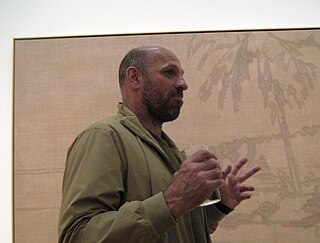
Peter Doig is a Scottish painter. He has settled in Trinidad since 2002.

Marcel Dzama is a contemporary artist from Winnipeg, Manitoba, Canada who currently lives and works in New York City. His work has been exhibited internationally, in particular his ink and watercolor drawings.
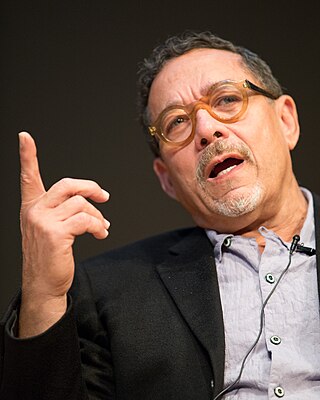
Edouard Duval-Carrié is a Haitian-born American contemporary painter and sculptor based in Miami, Florida.
Elizabeth Magill is an Irish painter. She studied at the Belfast College of Art and the Slade School of Fine Art, and now lives and works in London.

Barkley L. Hendricks was a contemporary American painter who made pioneering contributions to Black portraiture and conceptualism. While he worked in a variety of media and genres throughout his career, Hendricks' best known work took the form of life-sized painted oil portraits of Black Americans.
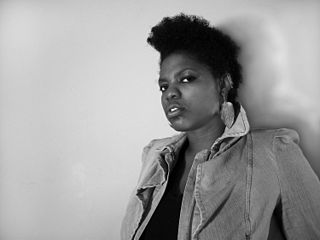
Ebony Grace Patterson is a Jamaican-born visual artist and educator. She is known for her large and colorful tapestries created out of various materials such as, glitter, sequins, fabric, toys, beads, faux flowers, jewelry, and other embellishments. Her "Gangstas for Life series" of dancehall portraits, and her garden-inspired installations.
Marta María Pérez Bravo is a Cuban artist who is best known for her black-and-white self-portraiture, in which she often uses her own body as the central subject-object to express her own belief in - and practice of - Afro-Cuban religions, particularly Santeria and Palo Monte. Much of her art is informed by this practice, and engages with the themes of ritual, motherhood and femininity, expressed through the highly stylized posing of her body, which is placed in relation to personally and ritually significant objects in her self-portraits.
Caribbean art refers to the visual as well as plastic arts originating from the islands of the Caribbean. Art in the Caribbean reflects thousands of years of habitation by Arawak, Kalinago, and other people of the Caribbean followed by waves of immigration, which included artists of European origins and subsequently by artists with heritage from countries all around the world. The nature of Caribbean art reflects these diverse origins, as artists have taken their traditions and adapted these influences to reflect the reality of their lives in the Caribbean.
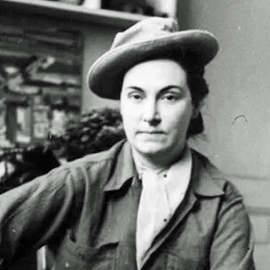
Carmen Herrera was a Cuban-born American abstract, minimalist visual artist and painter. She was born in Havana and lived in New York City from the mid-1950s. Herrera's abstract works brought her international recognition late in life.
John Dunkley was a self-taught Jamaican painter and sculptor. Though his fame is largely posthumous, he is considered one of the island's most significant artists.

Ian McKeever is a contemporary British artist. Since 1990 McKeever has lived and worked in Hartgrove, Dorset, England.
Gary Simmons is an American artist from New York City. Using icons and stereotypes of American popular culture, he creates works that address personal and collective experiences of race and class. He is best known for his "erasure drawings," in which he draws in white chalk on slate-painted panels or walls, then smudges them with his hands – a technique that renders their imagery ghostly.
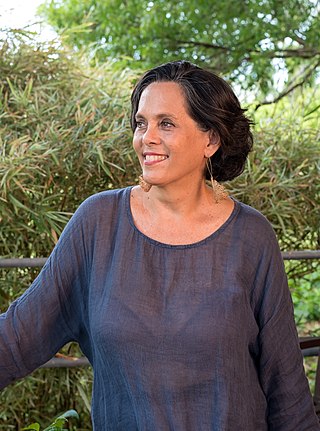
Annalee Davis is a visual artist from Barbados whose occupation consists of drawing, painting, object making, art installation and video production. She works a hybrid practice of jobs as a visual artist, instigator, cultural producer, educator and writer. Davis works on the intersection of biography and history, focusing on post-plantation economies by engaging with a particular landscape on Barbados. Concerned with representing migratory displacement, postcolonial recovery, and conceptions of "longing and belonging", Davis uses art and form to capture "an understanding of the shifting terrain in our minds and on our lands, through video, wall-based work, and installations."
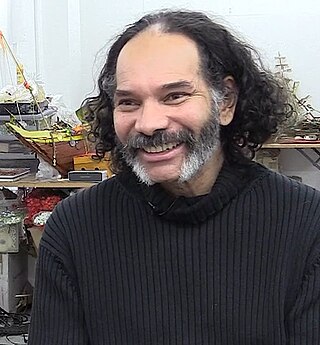
Hew Donald Joseph Locke is a British sculptor and contemporary visual artist based in Brixton, London. In 2000 he won a Paul Hamlyn Award and the EASTinternational Award. He grew up in Guyana, but lived most of his adult life in London.

Sutapa Biswas is a British Indian conceptual artist, who works across a range of media including painting, drawing, film and time-based media.
Beatriz Santiago Muñoz is an artist based in San Juan, Puerto Rico. Her work combines aspects of ethnography and theater to create film and video projects that have touched on subjects including anarchist communities, the relationship between artwork and work, and post-military land. Her work has been exhibited at the Tate Modern, the Whitney Biennial 2017, Galería Kurimanzutto, and the Guggenheim Museum. She is co-founder of Beta-Local, an art organization and experimental education program in San Juan, Puerto Rico.
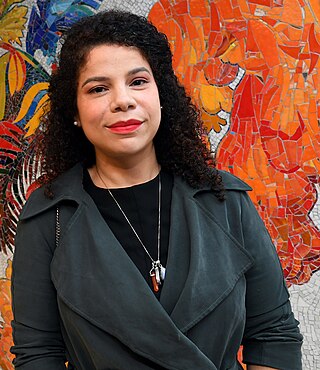
Firelei Báez is a Dominican Republic-born, New York City-based artist known for intricate works on paper and canvas, as well as large scale sculpture. Her art focuses on untold stories and unheard voices, using portraiture, landscape, and design to explore the Western canon.
Tony Phillips is a British artist and printmaker.
Jamilah Sabur is a Jamaican-born contemporary artist working across different disciplines and issues such as performance, installation, video, geography, identity, and language. Sabur lives in Miami, Florida.
Calida Garcia Rawles is a Los Angeles-based contemporary visual artist. In her large-scale paintings and murals, Rawles merges hyperrealism and abstraction. The artist is interested in questions of identity and race in relation to Western art history. Her portraits often depict representations of water and Black life. She is a practicing artist and a mother.
References
- ↑ "Hurvin Anderson | Artist | Royal Academy of Arts". Royal Academy of Arts. Archived from the original on 19 May 2023.
- ↑ "Hurvin Anderson: between Caribbean and British identities | Art UK". artuk.org. Retrieved 26 April 2023.
- 1 2 "Hurvin Anderson". Michael Werner Gallery. Retrieved 13 April 2017.
- ↑ "News – A Q&A with… Hurvin Anderson, painter". a-n The Artists Information Company. 19 July 2016. Retrieved 13 April 2017.
- 1 2 "Hurvin Anderson: Passenger Opportunity • Pérez Art Museum Miami". Pérez Art Museum Miami. Retrieved 19 November 2024.
- ↑ Admin, Guest (24 October 2024). "Pérez Art Museum Miami Presents Hurvin Anderson: Passenger Opportunity Opening November 21, 2024" . Retrieved 19 November 2024.
- ↑ "Turner Prize: Black painting pioneers break award age barrier", BBC News, 3 May 2017.
- ↑ Pickford, James (24 September 2018). "First TenTen artist selected to produce new works for UK embassies". Financial Times.
- ↑ "Ikon reporting back". ikon-gallery.org. 3 October 2013. Archived from the original on 3 July 2017. Retrieved 15 January 2018.
- ↑ "Michael Werner Gallery". Michael Werner Gallery. Retrieved 15 January 2018.
- ↑ Tate. "Art Now: Hurvin Anderson – Exhibition at Tate Britain | Tate". Tate. Retrieved 15 January 2018.
- ↑ "The Studio Museum in Harlem". www.studiomuseum.org. Retrieved 15 January 2018.